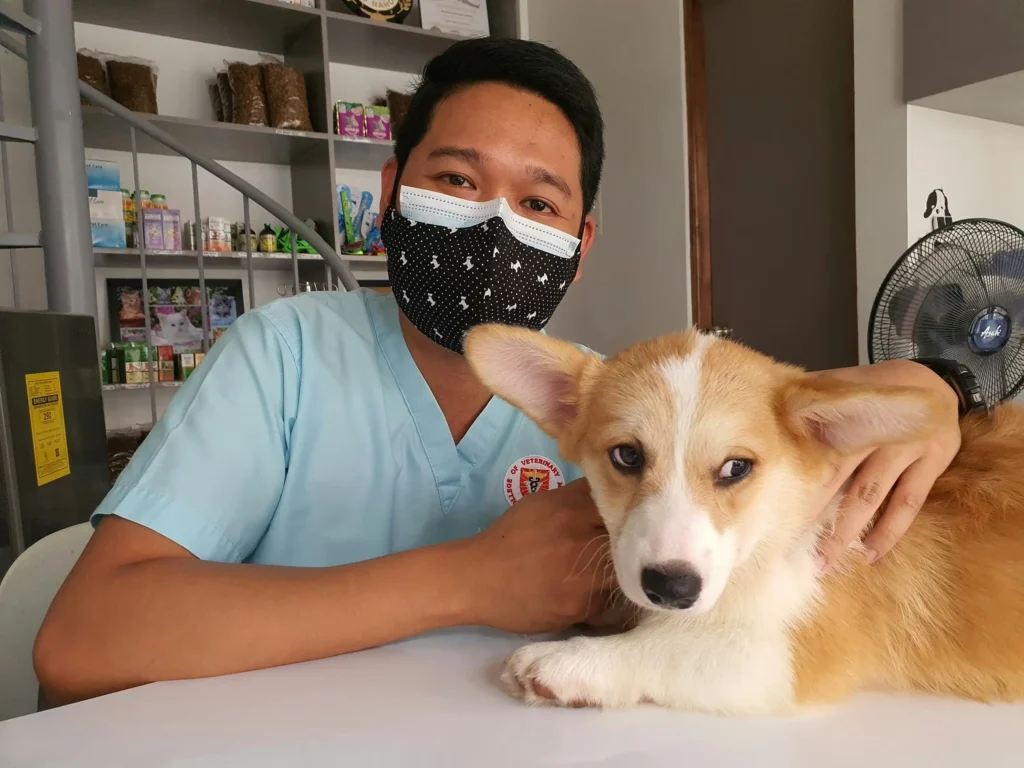
As pet parents, we all want our pet babies to stay healthy, happy, and playful. But unlike humans, pets can’t speak about their concerns or talk about something’s not right with them. Instead, they give you clues, and they might go unnoticed.
Whether you’re a dog lover or a cat lover, understanding the hidden signs of discomfort makes a huge difference. Today, we will talk about the signs that you need to pay attention to:
Top Signs You Need to Take Your Pet to the Vet
Not sure if your pet needs professional assistance right away? Well, here are some of the signs to watch out for:
- Shift in energy level:
Is your pet usually energetic, but now they are suddenly sleeping all day? Or did your cat start pacing at night?
These changes in energy, whether your pet becomes unexpectedly hyper or overly tired, could be a sign of a deeper cause. It can be a sign of infection, thyroid issues, or even pain.
- Mobility issues:
Limping is not a dramatic thing. Some pets may just favour one leg for a few steps or hesitate to jump on the sofa.
In dogs, this can be a sign of early joint problems or arthritis. In cats, it could highlight an injury or neurological issues. May pet owners in northern or colder areas ignore it due to the weather.
You can check it by watching your pet move in the morning or after a nap. Stiffness isn’t normal.
- Alterations in Eating or Drinking Habits:
If your pet skips a meal, then that’s not a big deal, but if your pet suddenly stops eating or becomes overly hungry or drinks excess water, then there might be a problem.
It can be a light issue like a dental one or a serious problem like kidney disease, diabetes or digestive issues.
If your pet drinks more water in a colder environment, then that’s a good excuse for a check-up.
- Bed breath:
Well, pets aren’t known for a fresh and minty breath, but if it suddenly smells foul, metallic, or sickly sweet, then it may be more than a bad breath.
A sweet smell can be a sign of diabetes.
A rotten smell can indicate infections or even kidney issues.
If your dog finds it difficult to chew or suddenly starts pawing at the mouth, then it’s your cue to book a vet visit.
- Hair loss or Over-grooming:
Cats are known for their grooming habits, but if they are constantly pulling fur or licking, then something is off.
It might be a sign of allergy, parasites, or anxiety.
Bald patches or irritated skin can indicate a fungal infection or a sign of underlying health issues, or food sensitivities.
- Frequent urination or a change in toilet habits:
Bathroom habits are a window into your pet’s health.
Loose stools, constipation, straining while pooping, or accidents can point to digestive issues, stress, or infections.
Cats urinating outside the litter box might be signaling urinary tract infection (UTIs) or kidney concerns.
If your pet’s bathroom habits change and persist for two to three days, then make a visit to the vet.
- Eye or Nasal discharge:
Cloudy eyes, excessive discharge, or unusual eye colour are not always a sign of aging; it could be glaucoma, inflammation, or infection.
The same thing goes for ears. If your pet is shaking its head or scratching often, or if there’s a bad smell coming out of the ear, then it can be a parasitic infestation or ear infection, specifically in floppy-eared breeds.
Regular ear check-ups can prevent chronic issues.
- Behaviour or Personality changes:
These signs are overlooked most of the time, like hiding, hesitating, or clinginess.
Signs can be like an affectionate animal suddenly maintaining distance or a curious cat spending hours in hiding under the bed.
They aren’t just mood swings; they can be a sign of pain, fear, or hormonal imbalances. In cats, hiding often means they are in pain. Behavioral changes tell a lot about a pet’s health.
- Excessive vocalisation:
Excessive vocalisation could be a sign of stress, cognitive decline, discomfort, or even loneliness. These signs are a dog barking more than usual or a cat yowling at night.
Older cats may develop feline dementia, leading to increased meowing.
Pets also increase vocalisation when they want to mate (if your pet isn’t spayed or neutered).
- Coughing, Sneezing, or Labored Breathing:
Occasional sneezing or coughing isn’t usually a problem, but if these symptoms persist for a long time or worsen, they could signal issues in dogs like illnesses such as kennel cough, canine influenza, or bronchitis. These conditions can be caught from the environment.
Persistent coughs or difficulty breathing could also indicate heartworm disease or other viruses that affect the respiratory system, and your pet might find it difficult to breathe normally.
If your pet’s breathing seems irregular or strained, it’s recommended to get them checked by a veterinarian without delay.
Conclusion:
Pets are good at hiding their pain as they find it a threat to express their pain because of their prey, so it is necessary to read between the lines to make a decision.
If you notice even a small change, don’t take it for granted and call your vet immediately. Early detection is a key to successful treatment. It can save your pet from pain and your big future medical bills.
A pet may appear fine on the outside, but they may be silently suffering from one or more diseases that can progress into a nightmare without immediate care.
So look for signs above and make a wise call on time.

